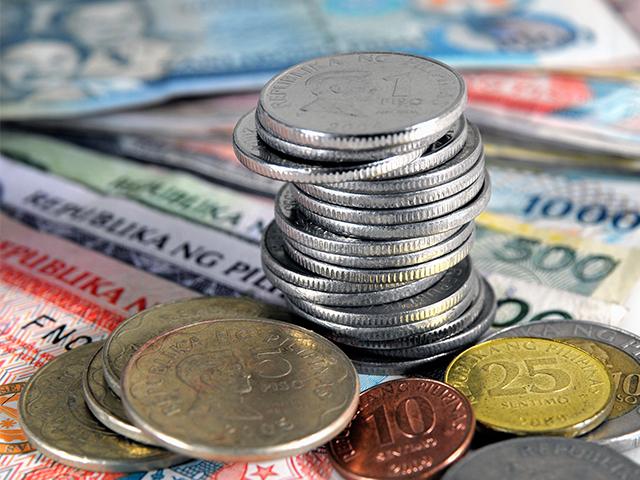PH misses economic growth target for second straight year

The Philippine economy continued its expansion streak in the last three months of 2024, but it was not enough to bring the full-year growth within the government's target range, the Philippine Statistics Authority (PSA) reported Thursday.
Economic growth for the fourth quarter of the past year was recorded at 5.2%, unchanged from the third quarter, and slower than the 5.5% in the same quarter of 2023.
This brought the full-year economic expansion to 5.6% faster than the 5.5% for the full-year 2023, but falling short of the government’s trimmed target range of 6.0% to 6.5%.
This is also the second straight year that the Philippines missed its economic target after hitting 5.5% in 2023, which was below the 6.0% to 7.0% target for the year. Growth surpassed the target ceiling in 2022 at 7.6%.
With the latest figures, the Philippines is positioned as the third fastest-growing economy in the region, trailing behind Vietnam with 7.5%, and China with 5.4%, and ahead of Malaysia with 4.8%.
The National Economic and Development Authority (NEDA) attributed the deceleration to setbacks seen in the year, citing factors which were out of the government’s control such as weather disturbances and geopolitical tensions.
“In 2024, we faced numerous setbacks like extreme weather events, geopolitical tensions, and subdued global demand similar to the challenges we encountered in 2023. This suggests that these conditions may represent the new normal,” NEDA Undersecretary Rosemarie Edillon said at a press briefing.
Broken down in major economic sectors, services grew by 6.7% and industry by 5.6%, while agriculture, forestry, and fishing contracted by 1.6%. The agriculture sector alone fell by 2.2% or below the Department of Agriculture’s target range of 1.0% to 2.0%.
“The agriculture sector in particular faces several setbacks, particularly between late October until mid-November, when six typhoons struck the country in succession,” Edillon said.
Edillon also noted that manufacturing grew by only 3.1%, hampered by subdued global demand due to geopolitical tensions and the slow recovery of advanced economies, along with the need for semiconductors to update their product offerings to meet changing demand.
“To achieve resilient economic growth, we need to diversify our sources of growth. For inclusive quality employment, we must encourage more investments in sectors that require workers with higher-level skills and further develop and agile workforce,” Edillon said.
“To keep food inflation low and stable, we need to anticipate potential shocks and continue to employ multi-pronged approaches,” she added.
Industries that contributed the most to the annual growth were wholesale and retail trade and the repair of motor vehicles and motorcycles which expanded by 5.6%, financial and insurance activities by 9.0%, and construction by 10.3%.
Household spending for the year rose by 4.8%, while government spending increased by 7.2%. Exports of goods grew 3.4%, and imports by 4.3%.
The country’s gross national income was recorded at 7.6%, and the net primary income at 26.1%.
NEDA Secretary Arsenio Balisacan last week said the country’s economic performance remains “impressive” even after falling short of its target, citing factors such as extreme weather events and geopolitical tensions.
Moving forward, Edillon said she is hopeful that the latest figures would give the Bangko Sentral ng Pilipinas (BSP) some room to adjust its key policy rates to boost economic growth.
The Monetary Board lowered the monetary policy rates thrice in 2024, for a total reduction of 75 basis points — 25 basis points each in August, October, and December. —VAL/RSJ, GMA Integrated News




